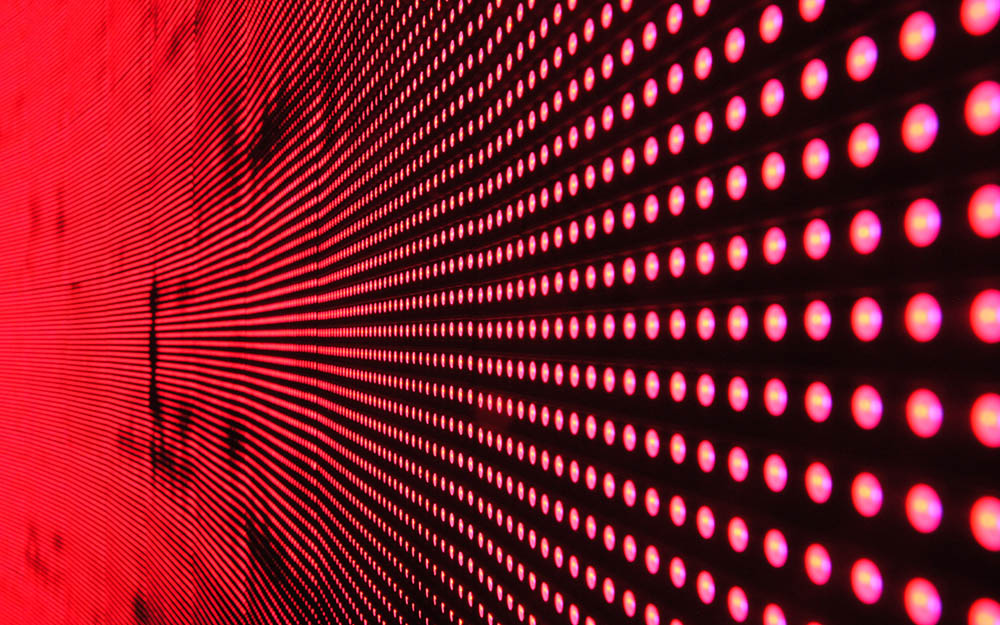Creative Intelligence: AI’s Entrance into Art
Written by Carlos Cortes

By now, many people understand the function of artificial intelligence and some of its applications. From industrial automation to medical diagnosis assistance, artificial intelligence has proven to be an important part of todays business world. But what about the creative field? Can artificial intelligence take its place in the artistic world?
Currently there are numerous projects aiming to do just that. Artificial intelligence programs are being created to imitate music, painting, and scriptwriting. While they haven’t shown human levels of artistic talent, they are headed in the right direction towards artificially generated artistic content.
In a similar way to how predictive text helps you compose a message, machine learning AI is being used to compose music. Jukedeck and Amper are companies that provide royalty free music to creators through a music generator powered by AI. The program was fed various types of music from classical works to modern electronic songs in order to understand musical composition. The result was an AI that can predict what kinds of notes would come next in a song based on the pieces it has studied. The program becomes more and more sophisticated as it is fed more songs to study.
Paintings have also been created by artificial intelligence using generative adversarial networks. This program has two parts: a generator and a discriminator. The generator, which has examined numerous historical paintings, will try to create a painting similar to a human-made one, while the discriminator determines whether or not the painting is artificial or human-made. As the generator gets feedback from the discriminator, it improves its process until it reaches the goal of appearing human-generated in the eyes of the discriminator. The results are varied, with impressive artificial paintings of landscapes, but confusing attempts at human portraits.
Lastly, at New York University, an AI known as Benjamin was tasked with creating a screenplay for a short film. It was fed popular science fiction titles to give an understanding of how screenplays were written. Its result was the short film Sunspring, a 9 minute sci-fi short that debuted at the Sci-Fi London Film Festival. The story is somewhat cohesive, but lacks understanding of how human dialogue flows. “Sometimes the dialogue sounds like a random series of unrelated sentences” commented a Chicago tribune reporter, so the technology still has far to go.
It is clear that artificial intelligence is taking steps in the right direction, with the ability to imitate human creations at varying degrees. But it is still missing a major aspects of artistic compositions which is originality. Currently, AI artwork is based on past creations, and while its own creations are original, the style is directly derived from whatever information it was given beforehand. Once programs are able to develop their own ideas, maybe then we will see a new era of artificial creativity.
Sources:
https://www.mckinsey.com/business-functions/mckinsey-analytics/our-insights/an-executives-guide-to-ai
https://www.mckinsey.com/industries/media-and-entertainment/our-insights/how-do-emerging-technologies-affect-the-creative-economy
https://www.mckinsey.com/industries/media-and-entertainment/our-insights/ai-in-storytelling
https://www.artnome.com/news/2018/3/29/ai-art-just-got-awesome
https://futurism.com/ai-now-produce-better-art-humans-heres-how/
https://en.wikipedia.org/wiki/Generative_adversarial_network
http://www.chicagotribune.com/entertainment/movies/ct-sunspring-ai-chicago-closeup-20160616-column.html

About The Author
shinya iguchi